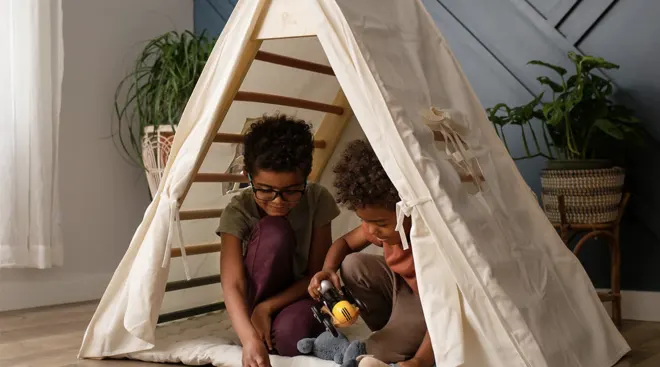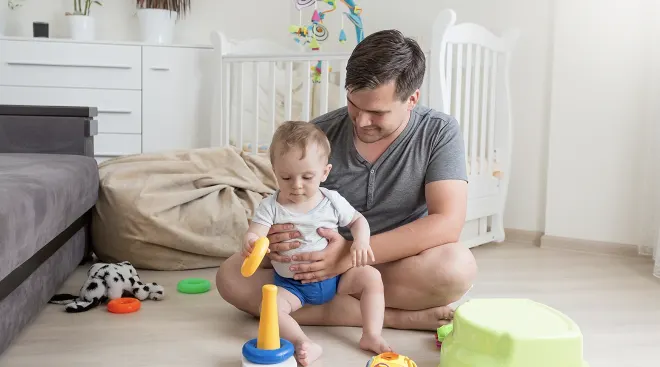AAP Releases Guidance on How to Reopen Schools for the 2020-2021 Year
Summer is here, but many parents are wondering what the 2020-2021 school year will look like and whether or not it will be safe to send kids back. Last month, the CDC released their considerations for schools. Now, the American Academy of Pediatrics has released their recommendations for the school year amid the ongoing pandemic.
The AAP’s interim guidance states that in-person schooling is critical for having important conversations around racial and social inequality. “Evidence from spring 2020 school closures points to negative impacts on learning. Children and adolescents also have been placed at higher risk of morbidity and mortality from physical or sexual abuse, substance use, anxiety, depression, and suicidal ideation,” the AAP explained in a press release on their guidelines. “The AAP strongly advocates that all policy considerations for the coming school year should start with a goal of having students physically present in school.”
Their guidelines, which take into account age, developmental stages and special considerations, encourage in-person schooling with strict safety measures in place. These include wearing cloth facial coverings, administering temperature checks and social distancing in classes, hallways and on buses.
However, the guidelines state that schools should weigh the pros and cons of enforcing 6 feet of distancing. “Evidence suggests that spacing as close as 3 feet may approach the benefits of 6 feet of space, particularly if students are wearing face coverings and are asymptomatic,” the press release states. “Schools should weigh the pros and cons of enforcing 6 feet of distancing. If it is not feasible without limiting the number of students, other risk-mitigation strategies may be more favorable.”
These strategies are broken down by age. For example, for pre-k students, the AAP suggests cohort classes, spending time outdoors and limiting visitors to the building, as “the impact of physical distancing is small and difficult to implement in this age group.” For elementary schoolers, they should wear face coverings if the risk of touching their face is not greater than the benefit of reducing the spread of COVID-19. Desks should also be spaced 3 to 6 feet apart and taking classes outside is recommended.
The guidance encourages pediatricians to work with parents to address questions, as well as with schools and local public health leaders to promote messaging on the importance of childhood vaccinations, as another one of the AAP’s recommendations is to have each student’s immunization requirements be up to date.
During the school day, the guidance states assigning seats to bus riders, use of facial coverings and minimizing the numbers of riders may help navigate distancing in enclosed spaces. They also suggest using arrows made of tape in hallways, rotating teachers instead of the students, staggering class periods and assigning or eliminating lockers. For lunch, the guidance says to group students by cohort and let them eat in their classroom or in outdoor spaces. Of course, food allergies and safety must be taken into account here, the guidance continues.
To read more about the AAP’s recommendations, visit their website, and keep in mind that the guidelines set forth by them are only recommendations. Ultimately, the strategy for the 2020-2021 school year will depend on each state and local district.
Navigate forward to interact with the calendar and select a date. Press the question mark key to get the keyboard shortcuts for changing dates.





















































